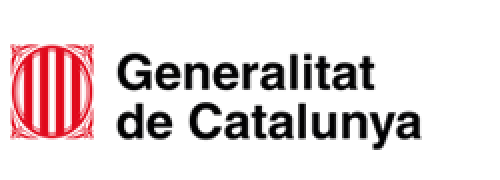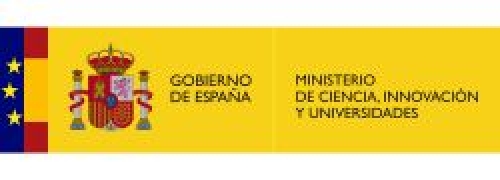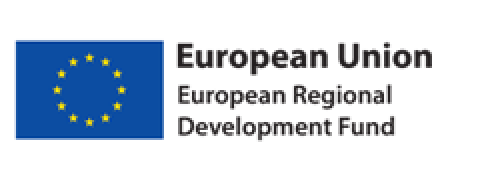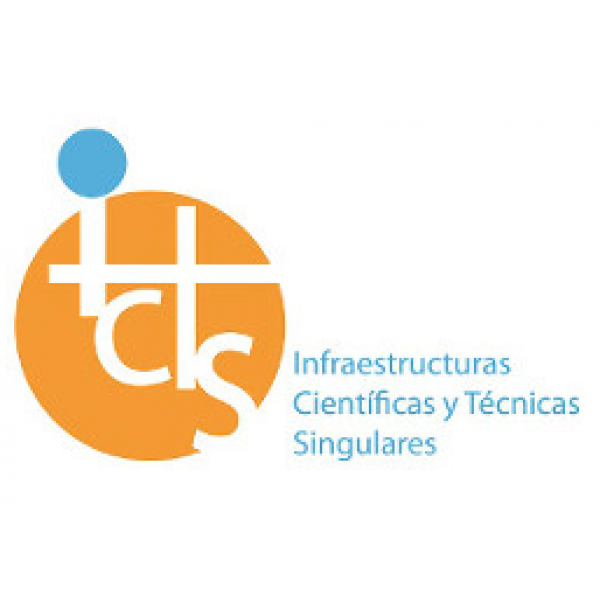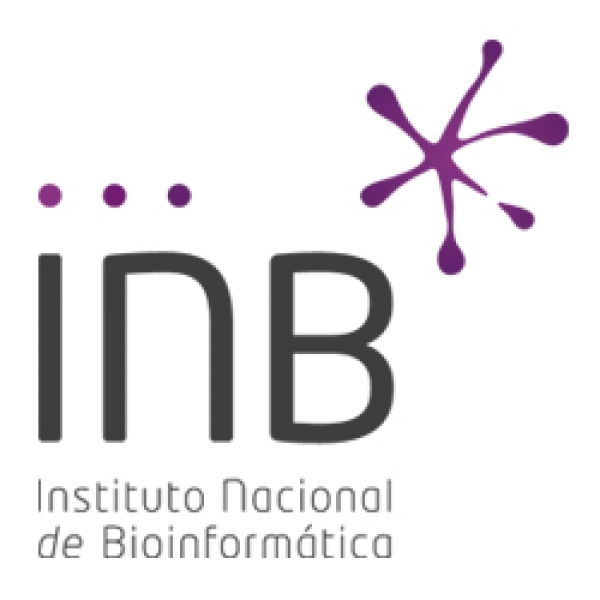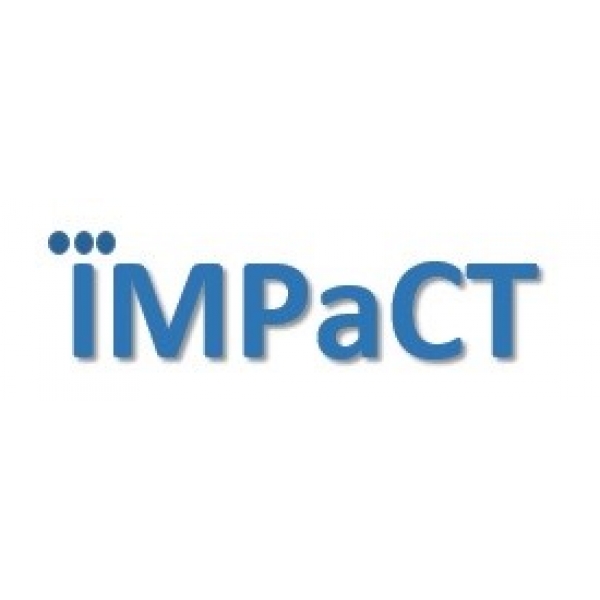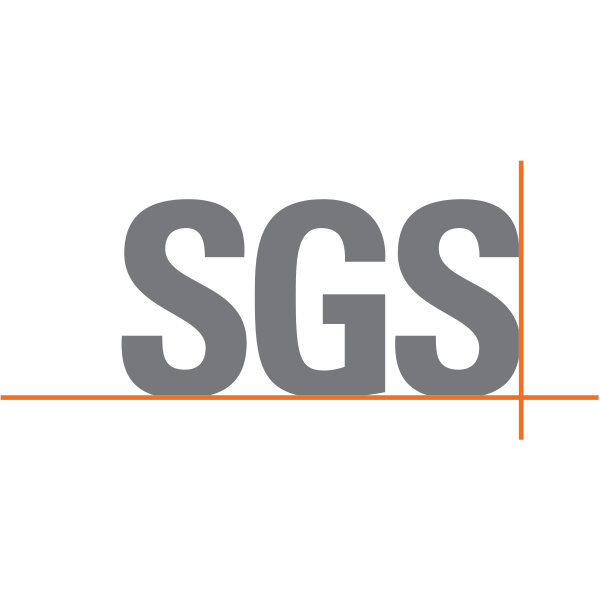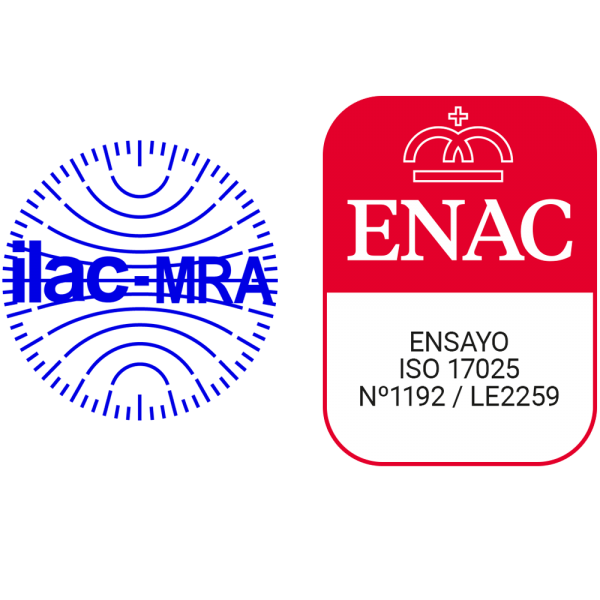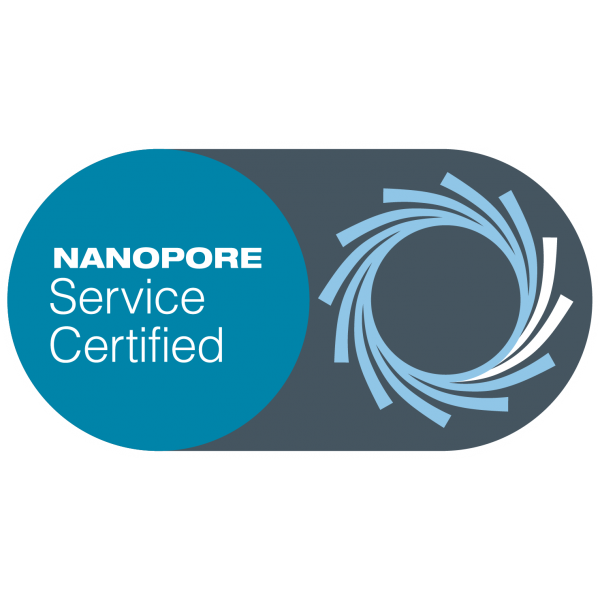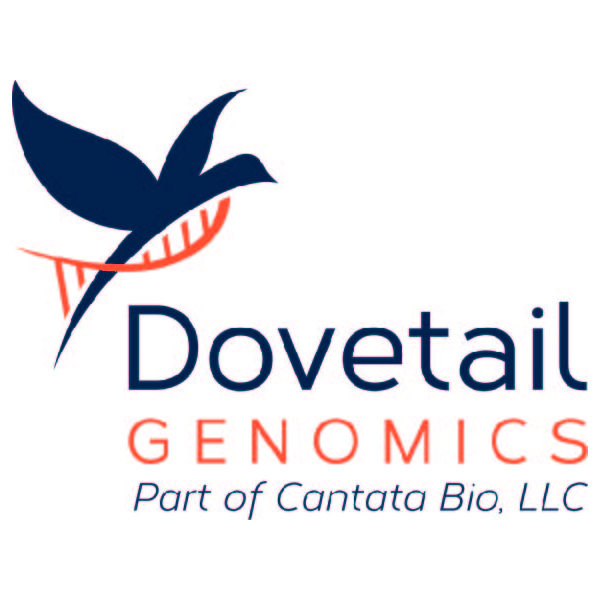One of the great mysteries in biology is how the many different cell types that make up our bodies are derived from a single cell and from one DNA sequence, or genome. We have learned a lot from studying the human genome, but have only partially unveiled the processes underlying cell determination...
Watch the new CNAG video!
The CNAG can sequence more than ten human genomes every day. To decipher all this information we have set up a robust analytics platform with a BULL high-performance computer that will be able to grow seamlessly over time.
...
A study led by Tomàs Marquès-Bonet, ICREA researcher at the CNAG and the Institute of Evolutionary Biology (IBE), together with Christina Hvilsom, researcher at the Copenhagen Zoo, reveals ancient admixture events among the extant species closest to humans: bonobos and chimpanzees.
Between 1,5...
Steven Laurie from the CNAG Data Analysis Unit will be one of the teachers on the next training course organized by in the Human Variome Project/HUGO “Variant effect prediction” that will take place from 31st October to 3rd November in Heraklion, Crete, Greece. Steven Laurie has been invited...
Sequencing a human genome today costs less than 1% of what it did in 2006, and takes hours instead of years. Computing cost to analyze sequencing data has decreased far less than the cost of whole exome and whole genome sequencing (WES and WGS) and today constitutes a non-neglible fraction of the...
The Origins - It remains debated how Australia was initially populated and how changes in language and culture in the continent happened. Australia contains some of the oldest archaeological evidence of modern humans outside Africa dating back to about 50,000 years, which has been interpreted by...







